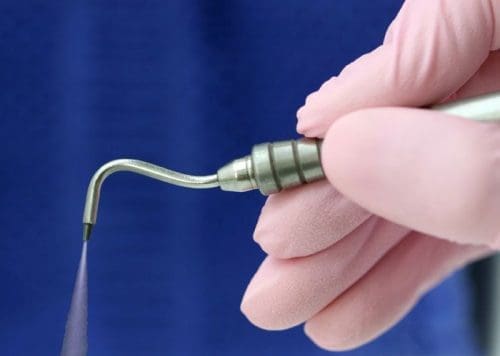Dental Sealants in Temple, TX
Cavity Protection for Kids and Adults at City Creek Dental
At City Creek Dental in Temple, TX, we offer dental sealant services to protect teeth from cavities in children and cavity-prone adults. Our team makes the dental sealant procedure quick, painless, and highly effective for long-term oral health.
What Are Dental Sealants?
Dental sealants were actually developed about 50 years ago, but didn’t become commonly used until the 1970s. They are thin, protective coatings applied to the chewing surfaces of back teeth (molars and premolars). These areas are most vulnerable to decay due to deep grooves that trap food and bacteria. A smooth dental sealant application protects these grooves and makes teeth easier to keep clean.
Dental Sealants for Kids
We highly recommend dental sealants for kids as their permanent molars begin to emerge, usually around ages 6 and 12. This preventive treatment plays a key role in keeping young smiles cavity-free during their most cavity-prone years.
Benefits:
- Pain-free and quick procedure
- Prevents up to 80% of cavities in molars
- Long-lasting protection for growing smiles
Dental Sealants for Adults
Adults can benefit too! If you have deep grooves in your teeth or are prone to cavities, sealants offer an easy, non-invasive way to strengthen your defense against decay.
The Dental Sealant Procedure
The dental sealant procedure is simple and completed in just one visit.
Here’s how it works:
- Teeth are cleaned and dried
- A bonding solution is applied
- The sealant is painted onto the tooth surface
- A special curing light hardens the material
Once set, the sealant acts as a barrier against plaque and bacteria for years.
Why Choose City Creek Dental in Temple, TX?
Our trusted dentists, Dr. Derek Winegar and Dr. Chantel Keller, deliver high-quality care in a comfortable, family-friendly environment. Whether you’re considering dental sealants for kids or for yourself, we’re here to help protect your smile.
Ready to Prevent Cavities?
Schedule an appointment today at City Creek Dental in Temple, TX and ask about dental sealant services.





